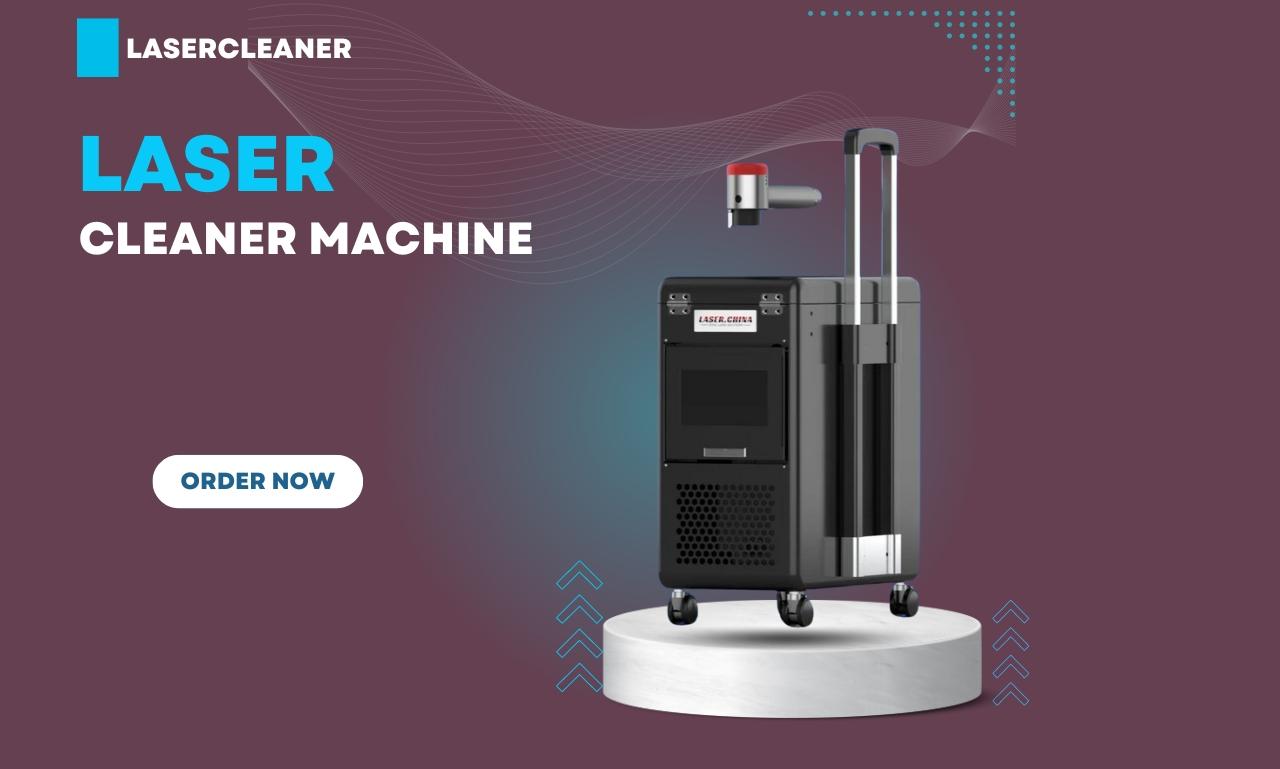In recent years, the manufacturing and industrial sectors have witnessed an incredible surge in the adoption of advanced, non-abrasive surface treatment technologies. One of the most significant game changers in this realm is the laser cleaner machine. As industries seek efficient, eco-friendly, and precise cleaning solutions, laser cleaning is quickly becoming the preferred method for removing rust, paint, oil, and other contaminants from metal surfaces and industrial components.
How Laser Cleaning Works
At its core, a laser cleaner machine operates by directing a high-energy laser beam onto the surface of a material. The laser energy reacts with surface contaminants, causing them to evaporate or fragment. This method leaves the underlying material intact, making it particularly suitable for sensitive or valuable substrates. Unlike traditional methods—such as sandblasting, chemical solvents, or mechanical scrubbing—laser cleaning offers a contactless and residue-free solution.
Advantages Over Conventional Cleaning Methods
Laser cleaning provides a host of advantages over traditional cleaning techniques. First and foremost, it is a dry process that does not require chemicals, water, or blasting media. This means reduced environmental impact and lower operational costs. Secondly, because it is non-abrasive, the integrity of the base material remains unharmed, making it ideal for delicate restoration tasks and high-precision cleaning applications.
Another compelling advantage is the level of control and repeatability. Operators can fine-tune parameters such as power, pulse duration, and scanning speed to match specific cleaning requirements. This level of customization ensures uniform results, even on complex geometries or difficult-to-reach areas.
Industries Embracing Laser Cleaning
The adoption of laser cleaner machine technology spans a broad spectrum of industries. In the automotive sector, it is widely used for removing rust and preparing surfaces before welding or painting. Aerospace manufacturers rely on it for component maintenance and surface preparation due to its ability to meet strict regulatory standards. In the cultural heritage and conservation field, laser cleaning is being used to gently remove pollutants from historical monuments and artifacts without damaging the underlying structure.
Electronics and semiconductor manufacturing also benefit from laser cleaning due to its precision and cleanliness. Any contamination on electronic parts can lead to functional failure, and laser technology ensures microscopic-level cleaning without residue or mechanical wear.
Why Choose LaserChina for Your Laser Cleaning Needs
As demand for laser cleaning continues to rise, choosing a reputable provider becomes crucial. LaserChina stands out as a leading expert in laser technology, offering state-of-the-art solutions tailored for industrial-grade cleaning and material processing. Whether you need a compact, portable unit or a high-powered system for large-scale operations, LaserChina delivers cutting-edge performance and long-term value.
The team at LaserChina also provides expert consultation, training, and after-sales support, ensuring that customers fully leverage the capabilities of their investment. From entry-level systems to custom-engineered solutions, the company is committed to helping businesses unlock new levels of efficiency and performance using the latest in laser cleaning technology.
Explore the advanced range of laser systems available at LaserChina, where innovation meets reliability in every laser cleaner machine solution.



